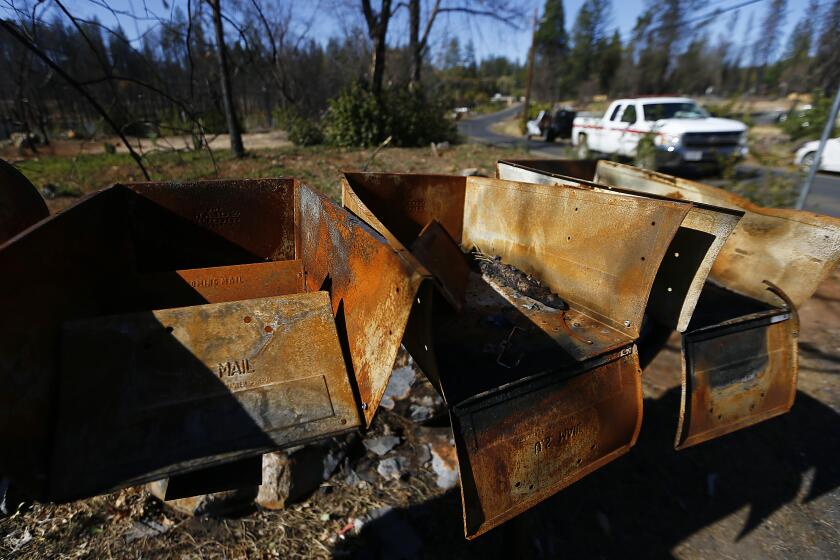Federal Reserve raises a key interest rate
The Federal Reserve took its most notable step so far toward unwinding some of the extraordinary measures it took to prop up the economy during the financial crisis.
The central bank Thursday raised the interest rate that banks pay to borrow money during emergencies.
The hike in the so-called discount rate to 0.75% from 0.5% was widely expected and does not foreshadow an immediate rise in consumer loan rates.
The central bank went out of its way to stress that it expected the federal funds rate, which influences credit card and other consumer loan rates, to remain “exceptionally low” for “an extended period.”
Though it has ended some emergency lending already, the Fed is stepping gingerly for fear of spooking investors and thwarting the fledgling rebound in the housing market and the overall economy.
Nevertheless, the hike in the discount rate is highly symbolic and a clear indication that the federal government is anxious to withdraw some of the stimulus efforts it rolled out during the recession.
If the economic recovery continues to gain steam, the Fed is expected later this year to begin raising the broader federal funds rate, which directly affects the rates that consumers pay for mortgages and other types of borrowing.
“We are not going to have any big ramp-up in rates any time soon,” said Adolfo Laurenti, an economist at Mesirow Financial in Chicago. “But the message probably is, ‘You better hurry up. If you want to buy a house, you better hurry up. If you want to refinance, you better hurry up.’ ”
The discount rate is the rate banks pay when borrowing funds directly from the Federal Reserve. The central bank began lowering the discount rate in August 2007 as the credit crunch took hold with the collapsing subprime-mortgage market.
The Fed cut the rate to extremely low levels to encourage cash-strapped banks to borrow the funds needed to carry them through the credit crunch. Borrowing from the so-called discount window had traditionally been done largely by troubled banks, and it carried a stigma.
The willingness of policymakers to raise the discount rate is the latest sign that the economy is regaining its footing after falling into the worst financial debacle since the Great Depression.
By implying that conditions are returning to normal, the Fed’s action is intended as a none-too-subtle message to banks to boost lending, Laurenti said.
In technical terms, a change in the discount rate has no direct effect on interest rates consumers pay on mortgages, credit cards and other types of debt.
Yet many economists say it foreshadows a hiking of consumer rates later this year.
“The Fed can talk all day about how the discount rate hike is technical and not a policy move, but the market sees it as a shot across the bow,” said economist Chris Rupkey at Bank of Tokyo-Mitsubishi UFJ.
“Today they raised the discount rate, and not tomorrow or the next day, but soon, they will be lifting the fed funds rate target as well, as the economy is starting to regain momentum,” he said.
The rate hike will test the ability of the financial markets to come to terms with reduced stimulus efforts.
Even though the Fed had telegraphed its move, markets were roiled in after-hours trading, as some investors interpreted it as a sign that the central bank was serious about pulling back somewhat on its easy-money policies in a reviving economy.
The dollar shot higher against the euro and other currencies, because higher interest rates tend to make a nation’s currency more attractive to global investors.
Yields on shorter-term Treasury securities rose, with the two-year T-note hitting a five-week high of 0.96%, up from 0.85% on Wednesday.
walter.hamilton@latimes .com
Times staff writers Don Lee in Washington and Tom Petruno in Los Angeles contributed to this report.
More to Read
Inside the business of entertainment
The Wide Shot brings you news, analysis and insights on everything from streaming wars to production — and what it all means for the future.
You may occasionally receive promotional content from the Los Angeles Times.










